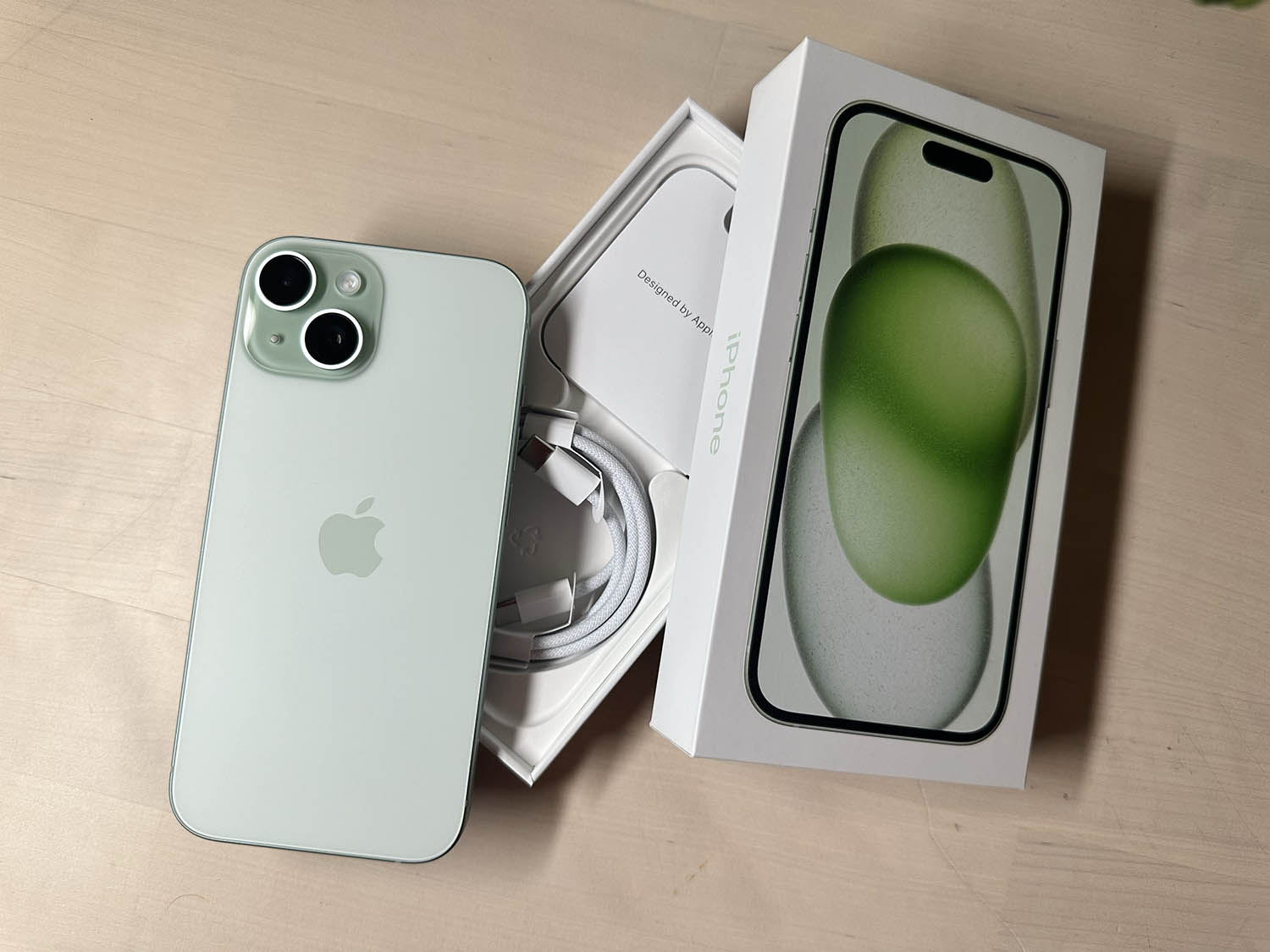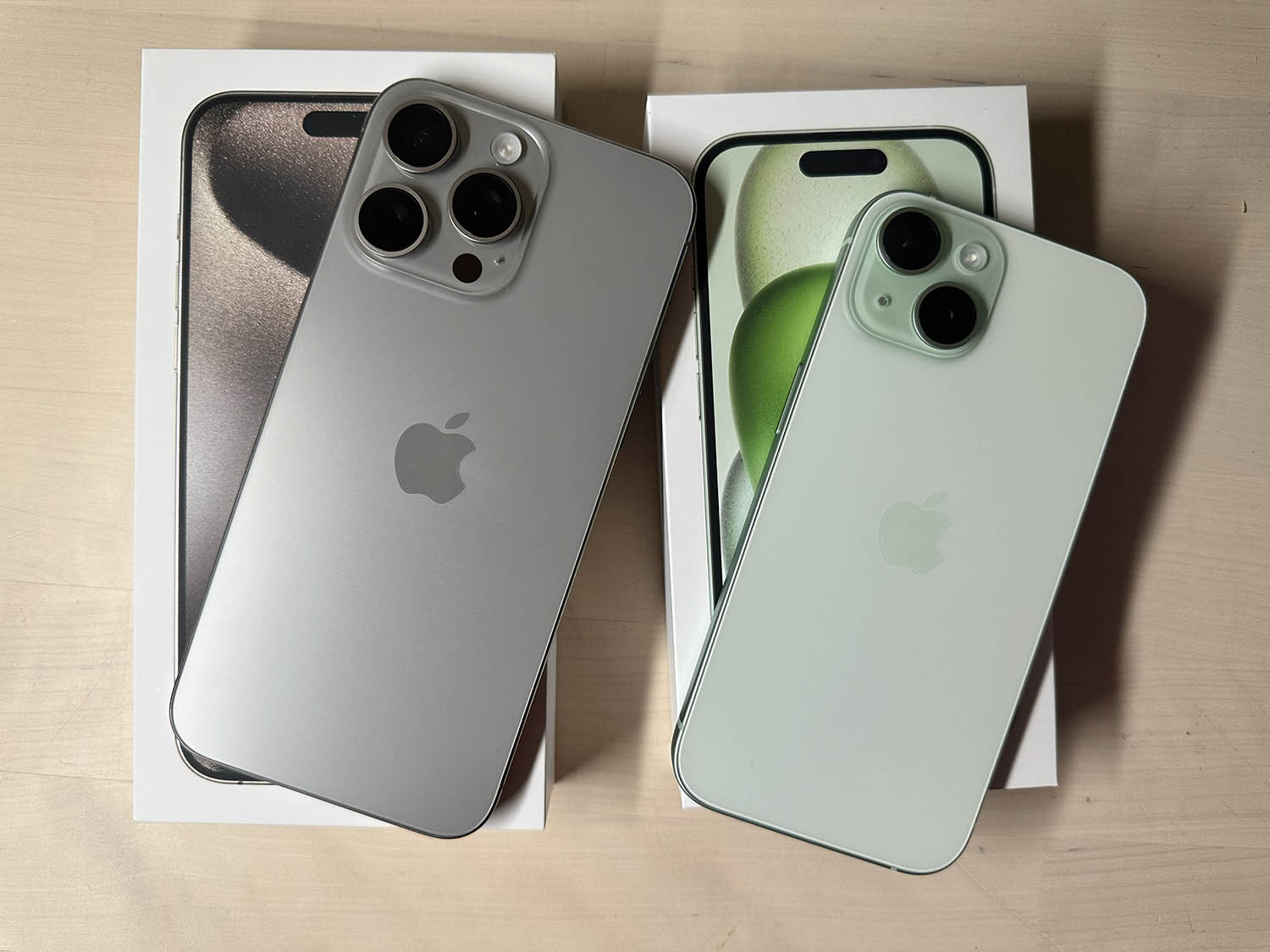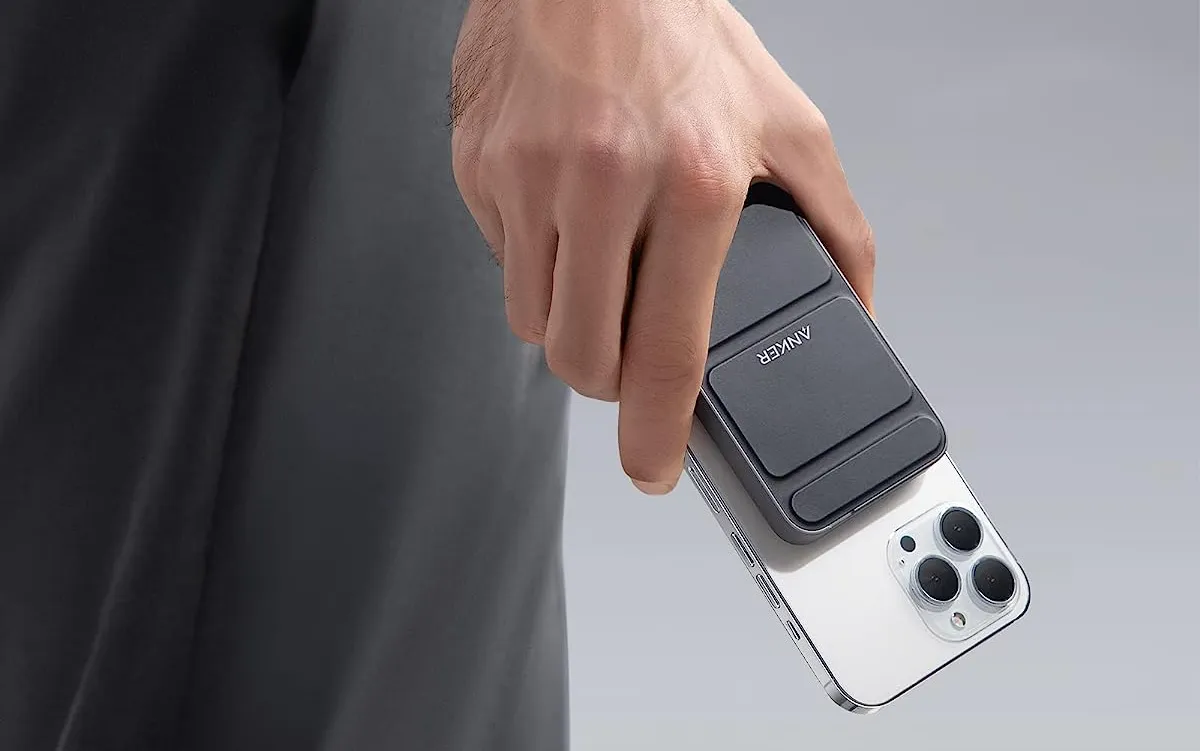Are you planning to buy a new iPhone, but it doesn’t have to be the latest? There is plenty of choice from previous models. One thing is important, you want your device to receive updates for years to come. Apple promises to release iOS updates for up to 5 years after the release of the device, so that you can continue to enjoy it for a long time, even with an older device. For example, is it still smart to buy an iPhone 11 in 2023, or will you hardly get any updates anymore? You can read it in this overview!
- Why iPhone software updates are important
- These iPhones will still receive iOS updates
- These iPhones will receive security updates
- These iPhones will no longer receive an iOS update
- Why does my iPhone no longer receive updates?
- What to do if your iPhone no longer receives updates?
Why iPhone software updates are important
In our overview of iOS versions you can see which update you can currently install on your device. For example, you can still install the update to iOS 16.x on an iPhone got. After that, you will only receive security updates to close urgent leaks. You no longer get new features.
So you want to be assured that your iPhone will receive updates for a few years to come. Updates ensure that performance remains in order, security holes are closed and that you also get some new features with the annual iOS renewal.

These iPhones will still receive iOS updates
Apple provides its iPhones with software updates for at least 5 years. Some devices have had longer support. For example, the 2015 iPhone 6S received support until 2021, bringing the number of updates to 6. The table below shows the minimum you can count on, but in some cases it is possible that you will receive updates for more than 5 years.
This is until what year the various iPhone models will receive updates (at least).
| Fashion model | Release | Final year* |
|---|---|---|
| iPhone XS (Max) | 2018 | 2023 |
| iPhone XR | 2018 | 2023 |
| iPhone 11 (Pro, Pro Max) | 2019 | 2024 |
| iPhone SE 2020 | 2020 | 2025 |
| iPhone 12 (mini, Pro, Pro Max) | 2020 | 2025 |
| iPhone 13 (mini, Pro, Pro Max) | 2021 | 2026 |
| iPhone SE 2022 | 2022 | 2027 |
| iPhone 14 (Plus, Pro, Pro Max) | 2022 | 2027 |
| iPhone 15 (Plus, Pro, Pro Max) | 2023 | 2028 |
* End year: By this we mean the last year in which a major update will appear. If an iPhone receives a major iOS update in 2027, this means that you will receive the major update to iOS 21 in September 2027, but that you will also benefit from the smaller iOS 21.x updates in the following months. You are expected to receive the last update with new features in August 2028 and after that only security updates.

The iPhone 15 series will be supported until 2028.
Which iPhones will no longer receive an iOS update?
Below you can see which iPhones are currently no longer receiving iOS updates. Sometimes Apple releases security updates for this for several years. This only closes any security holes. You won’t get any new features, but you can still use your older iPhone without any worries (provided the performance and battery are still in good condition).
These iPhones will only receive security updates
- iPhone X – iOS 16.x
- iPhone 8 (Plus) – iOS 16.x
- iPhone 7 (Plus) – iOS 15.x
- iPhone SE 2016 – iOS 15.x
- iPhone 6s (Plus) – iOS 15.x
- iPhone 6 (Plus) – iOS 12.x
- iPhone 5s – iOS 12.x
These iPhones will no longer receive iOS updates at all
- iPhone 5 and iPhone 5c
- iPhone 4 and iPhone 4s
- Older models
Why does my iPhone no longer receive updates?
Apple continues to tinker with the iPhones: every year there is a better processor, better camera and new sensors. In addition, new software functions are added every year. To support all these innovations, new software is needed every year. Apple will continue to support older devices for at least 5 years, but at a certain point this is no longer feasible. Too many compromises have to be made to keep the software usable for older devices that it holds back future developments. Moreover, after 5 years, only a small percentage of devices still run on older iOS versions such as iOS 12. It is then no longer economically feasible to continue to maintain this. So it is not a malicious action by Apple to force you towards a new device, but above all a practical consideration. Manufacturers of Android devices often only offer 2 or 3 years of updates, although there has recently been a development to increase this to 5 years.
What to do if your iPhone no longer receives updates?
If your iPhone no longer receives software updates, you can continue to use the device. It then runs on an iOS version that is still stable and contains all the important functions. You can just keep emailing, taking photos and the like. However, you should keep in mind that certain third-party apps will no longer be supported at some point. If you are a large user of WhatsApp, it is important to know whether WhatsApp can still be used on your older iPhone. The support for older devices is often quite extensive with these types of apps.
Which iPhone should I no longer buy?
When it comes to software update support, the iPhone XS (Max) and iPhone XR have likely received their last update this year. This means that iOS 17 would be the last software version for these devices. Support for the iPhone 11 series will likely end in 2024. That would make iOS 18 the last software version to come to the device series.
Assuming you want to get at least two years out of your new iPhone, any iPhones released before 2020 are probably no longer a good choice. It may well be that these devices will continue to receive updates for a while, but you cannot blindly count on that. The iPhone 11 series has the best chance of longer support, because it has remained in the range for a relatively long time. But it is better to skip the iPhone XR and iPhone XS (Max) if you want software updates for a longer period of time.
If you want to know more about which iPhones are still a good choice when it comes to usability, processor, battery and other factors, you can read about it in a separate article. After all, you want your iPhone not only to have newer functions, but also to have a good battery life. makes it to the end of the day and that the use of apps runs smoothly.












